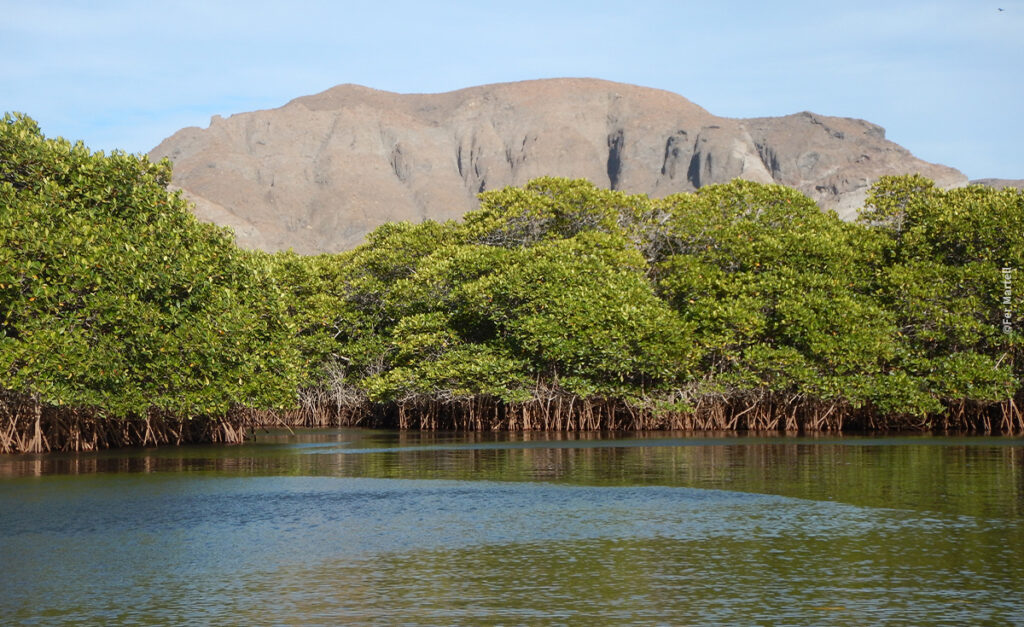Gone are the days when the Colorado River flowed inexorably into the Gulf of California. Up to 15 million cubic meters of water flowed through a riverbed born in the Rocky Mountains, culminating in a monumental delta. At times, under the direct influence of the moon, a rising tide would violently push against the river’s waters, creating a sound so shrill that it was christened “the donkey. This, too, was silenced, along with 400,000 acres of riparian forest that perished from lack of water in North America’s most impacted river.
On World Water Day, water management is an urgent topic in northwestern Mexico. More and more cities are struggling to provide access to this vital liquid. In some of them, water shortages have become a dramatic part of daily life. In addition to the impact on citizens, we should consider the double impact on ecosystems when access to water is lost. As in the Colorado River Delta, the lack of water has meant an overwhelming desertification.
It is here, in the hard-hit Colorado River Delta, as in other watersheds in northwestern Mexico, that stories of restoration and conservation are beginning to blossom. Our active participation is focused on ensuring the permanence of water-dependent ecosystems. All under the logic that the conservation of priority waterways and wetlands, in the long run, directly benefits the communities.

In more than 30 years of conservation work in priority ecosystems, we have had an enormous impact on the region’s most important watersheds. From the highlands that capture rainfall, as in Ejido Pueblo Nuevo, Durango, to the outlets where marshes and mangrove forests thrive, as in Magdalena Bay, Baja California Sur, our unwavering commitment ensures the flow of water for life.
In the Colorado River Delta, we are working with the Alianza Revive el Río Colorado in the implementation of Acts 319 and 323, which guarantee water for 170 restored hectares in Miguel Alemán, among other sites in the lower basin itself. In the same region, we promoted the construction of the artificial wetland at the Cucapa Wastewater Treatment Plant in Sonora. This plant currently has the capacity to treat more than 10 million cubic meters per year using green technology. This site has become a refuge for thousands of migratory birds each year.
Another water-related success story is being written in Tijuana, the country’s most populous municipality. In just two years, we have restored 9.4 hectares of the Tijuana River, expanding habitat for local flora and fauna. Further south, in Ensenada, the creation of Arroyo San Miguel State Park was a milestone in the management and conservation of the only undisturbed stream in this thriving port city in Baja California.
Given this challenging reality, we remain vigilant to ensure water access to the region’s priority ecosystems. We are relentless in implementing the best available conservation tools that enable the permanence of wetlands, the restoration of riparian ecosystems, and the protection of threatened species that benefit from water.
This World Water Day we celebrate with measurable efforts that benefit flora, fauna and communities.
Be part of the future of Northwest Mexico’s priority ecosystems.












